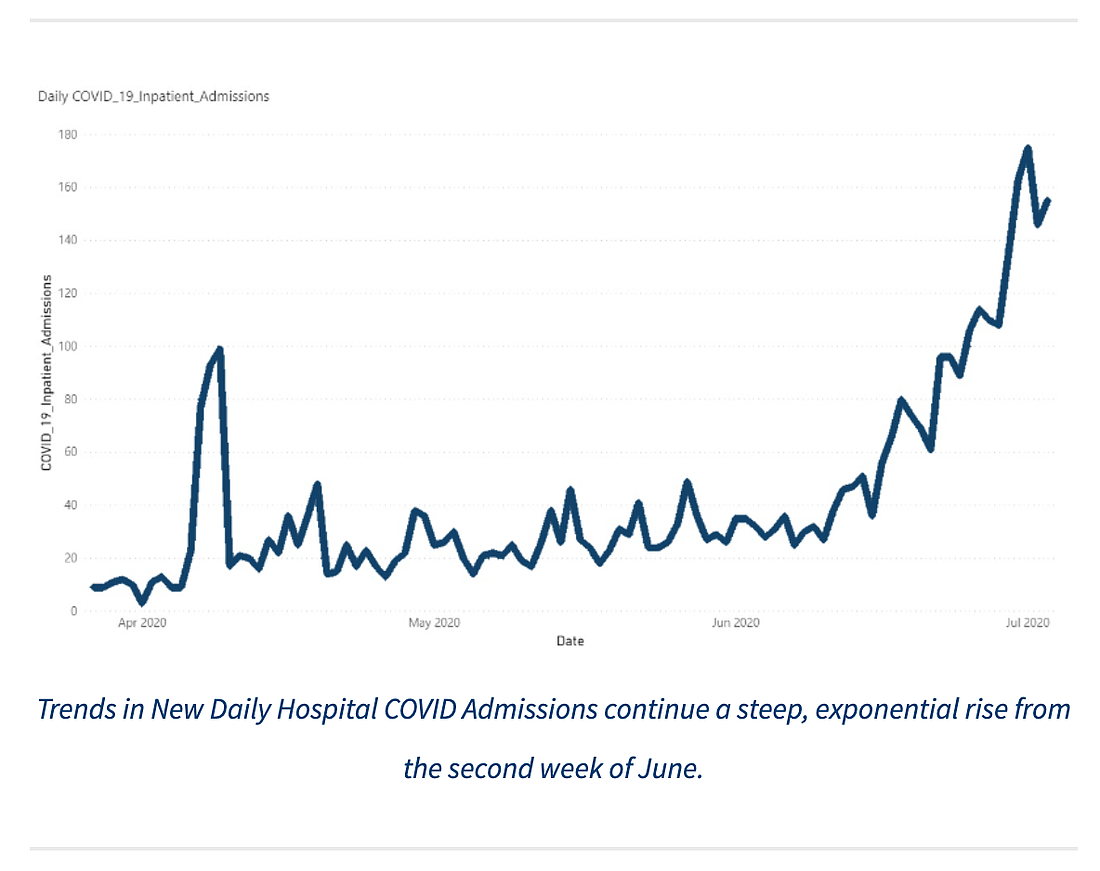- December 18, 2025
-
-
Loading

Loading

A professor at the University of South Florida’s Muma College of Business is leading a project that aims to give public health officials and policymakers a new tool for predicting and combating the spread of COVID-19 in the Tampa Bay region.
Matthew Mullarkey’s Project ASPeCT — which stands for Anonymized, Systematic, Population, e-Geofenced, Contagion, Training model — collects and analyzes mobile device movement data to forecast surges in the number of coronavirus cases. The information gleaned from the region’s 3.5 million mobile devices is provided to Mullarkey’s team by a third-party mobile data aggregator, but Project ASPeCT then takes a deep dive into it. Data scientists extract mobility patterns that reveal not only how far people are traveling, but the number of unique and — crucially — densely populated locations they visit.